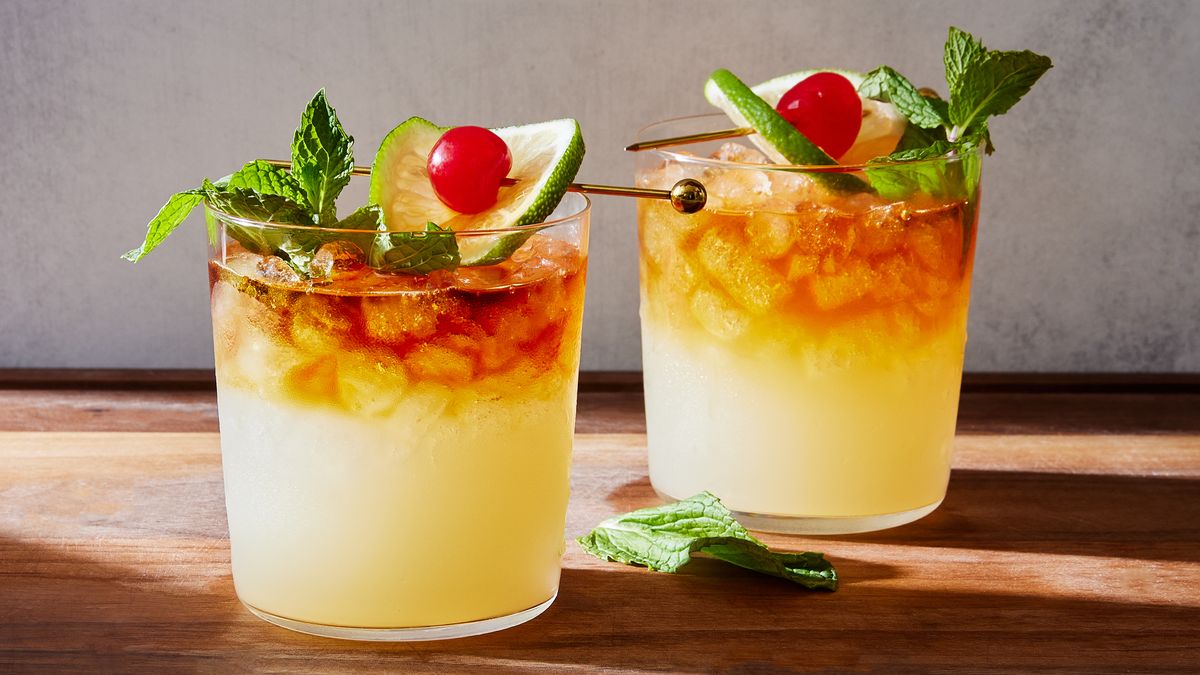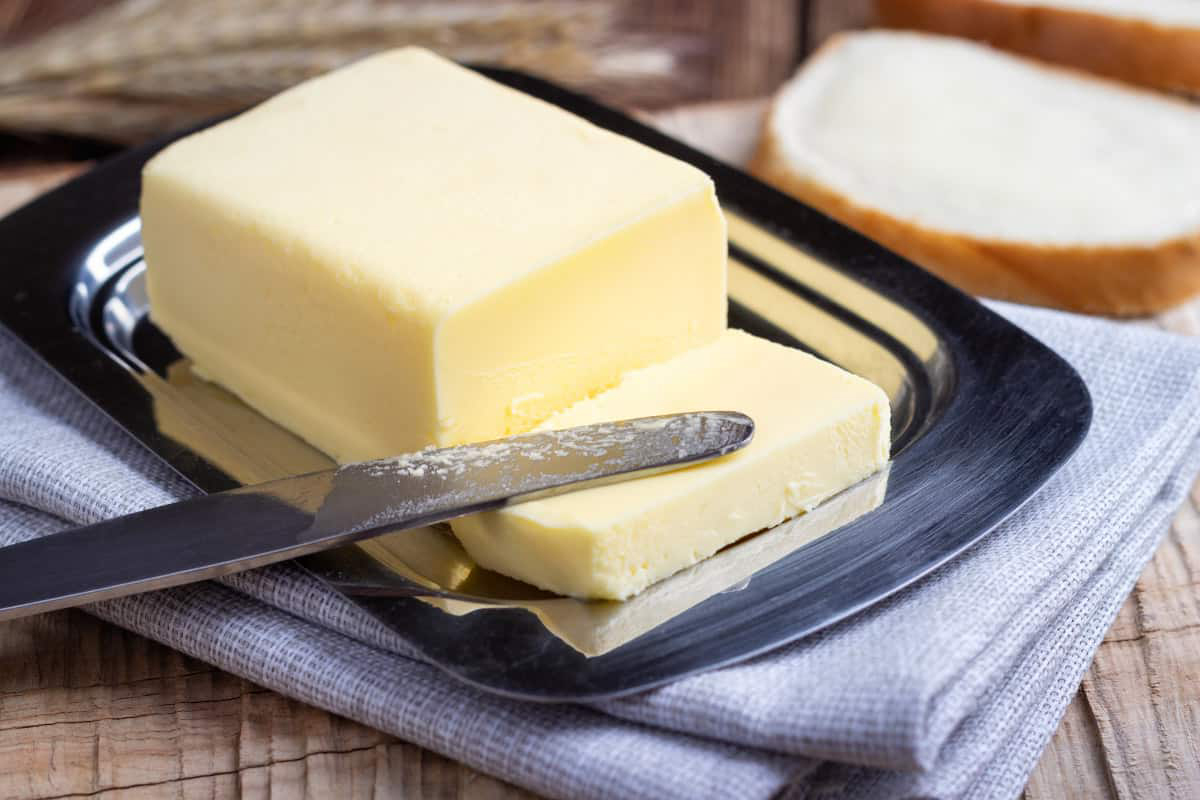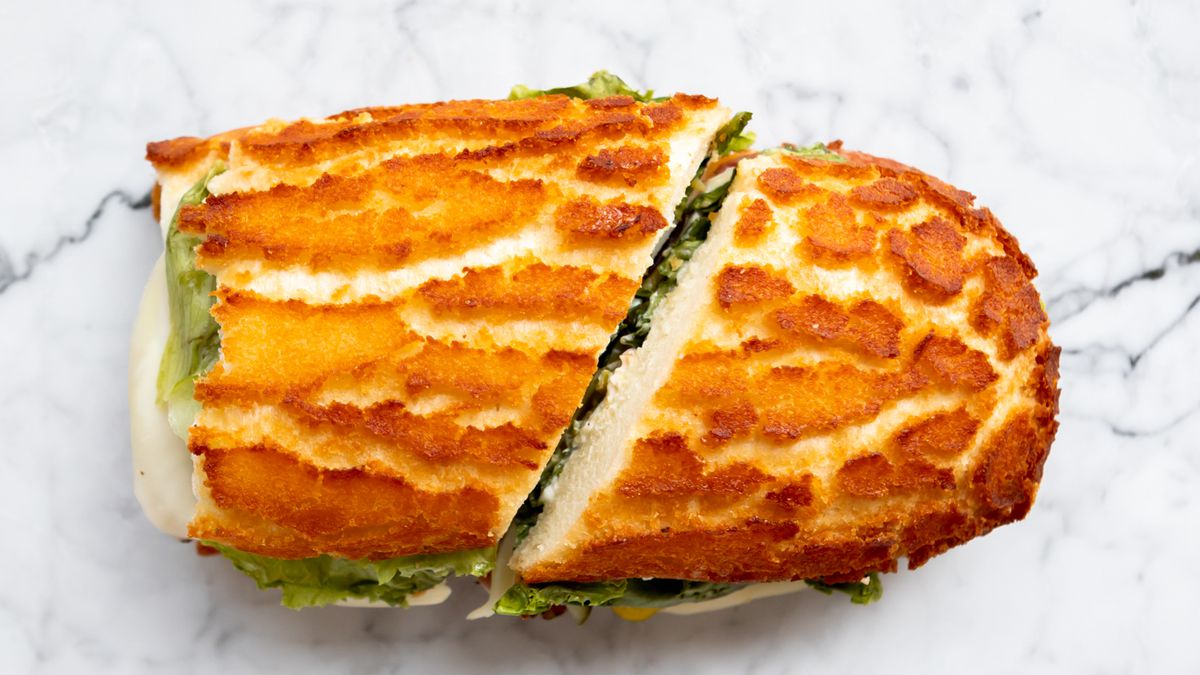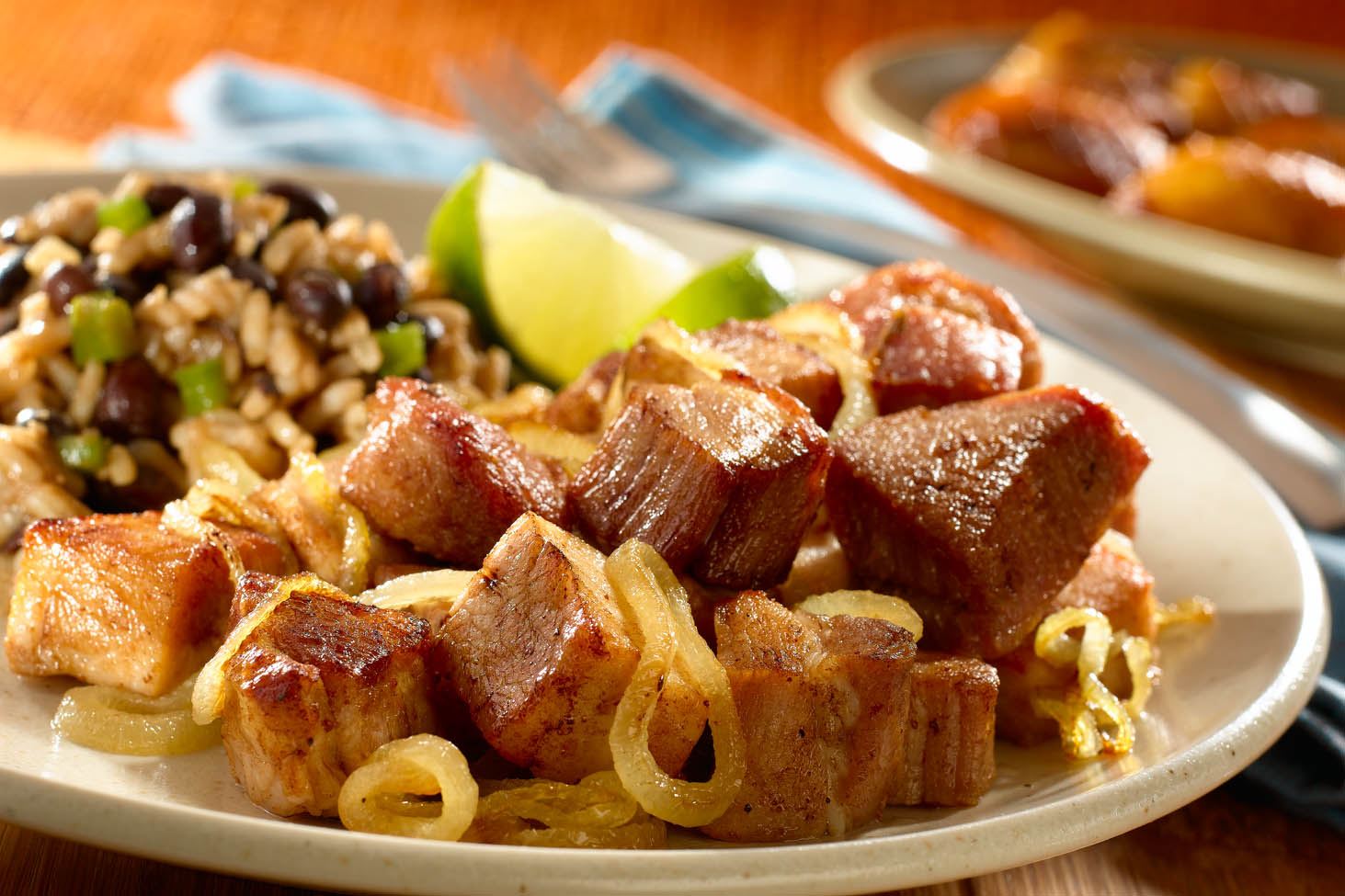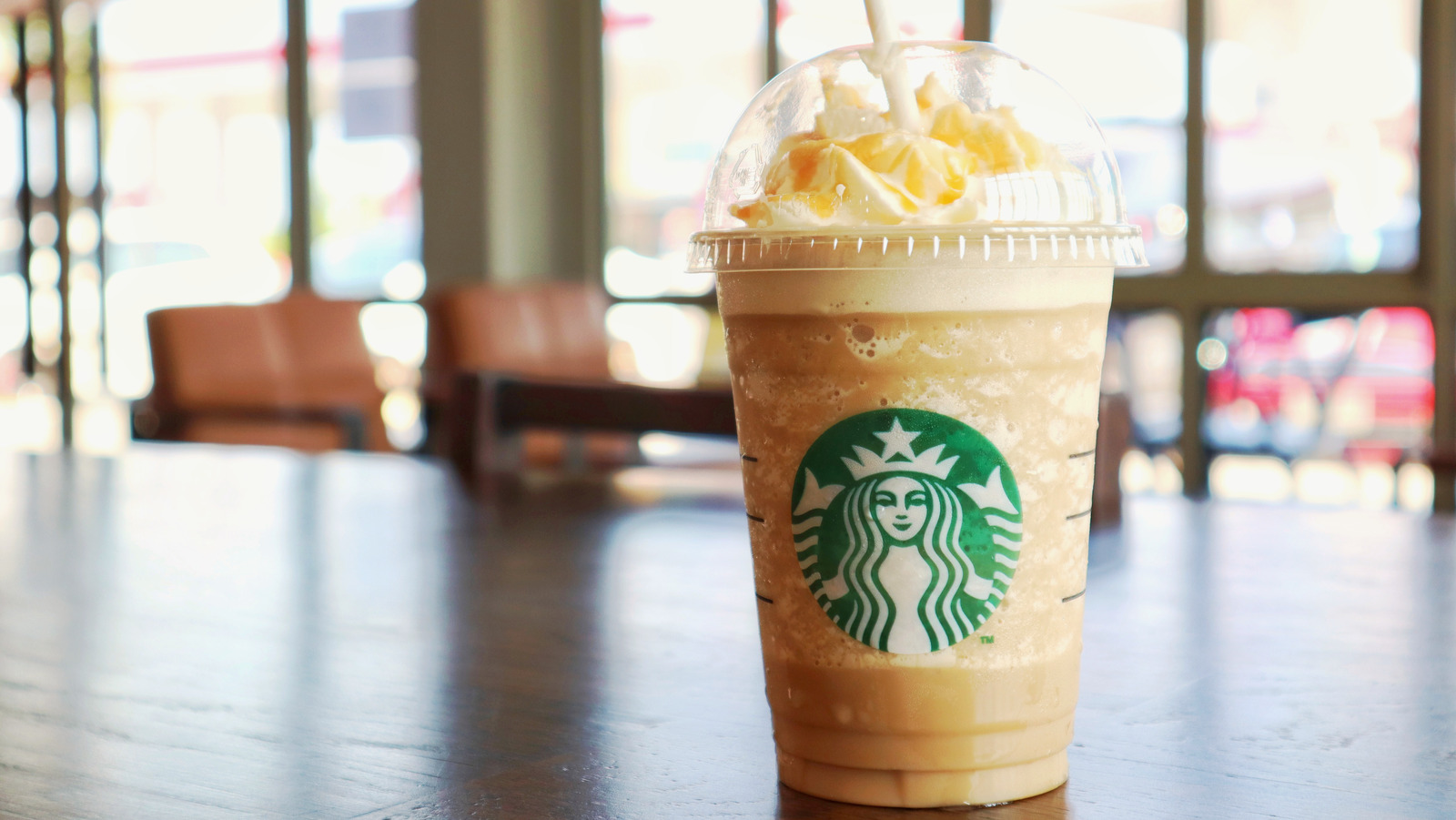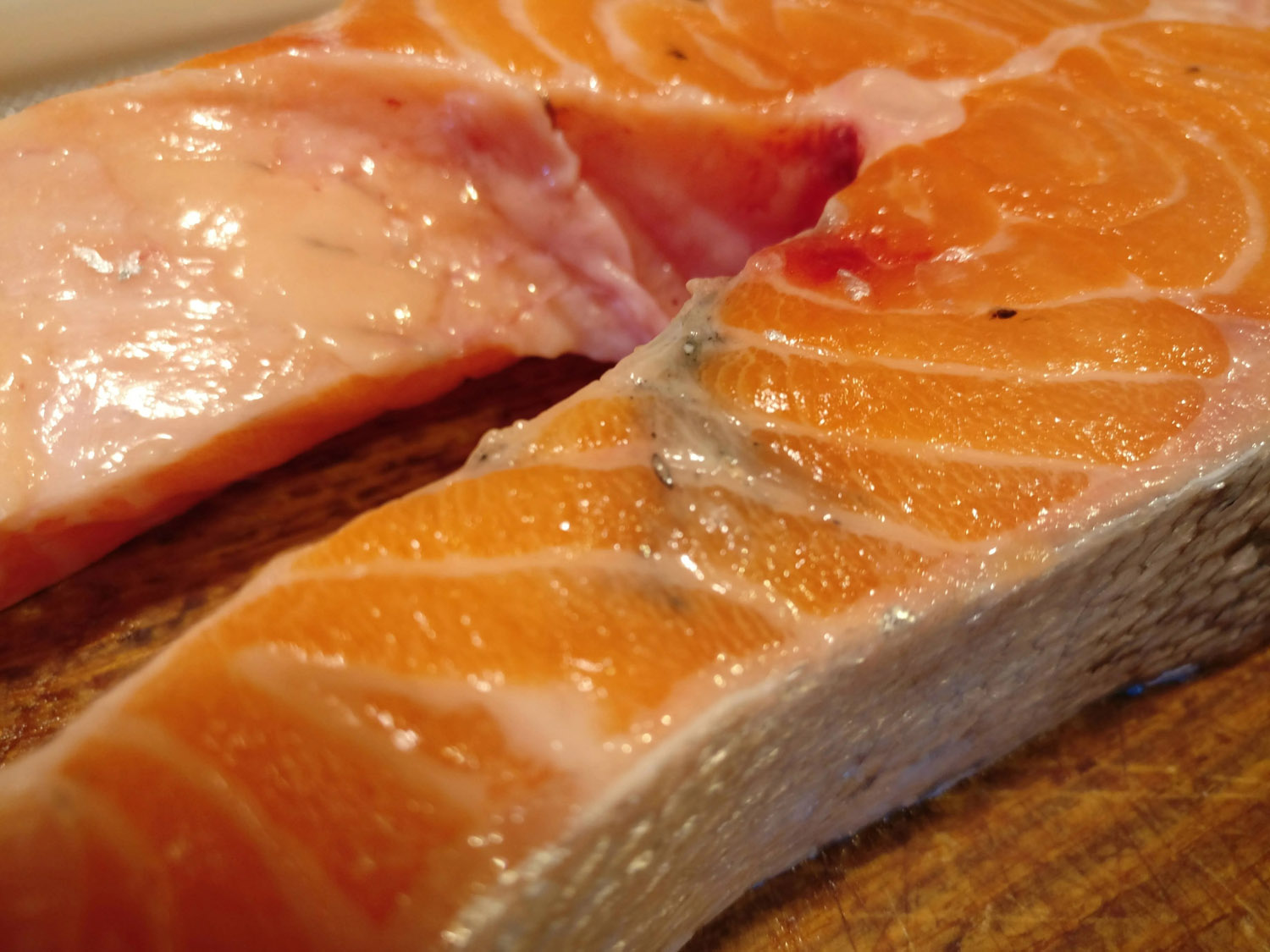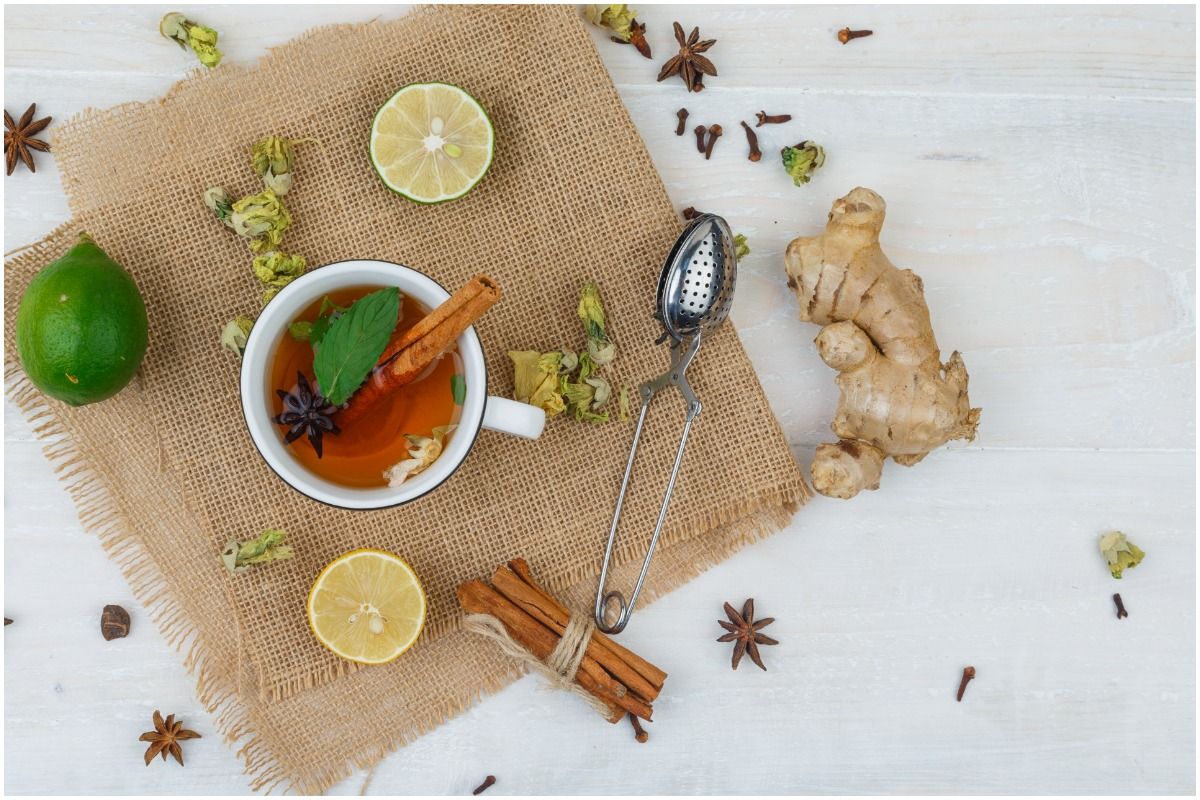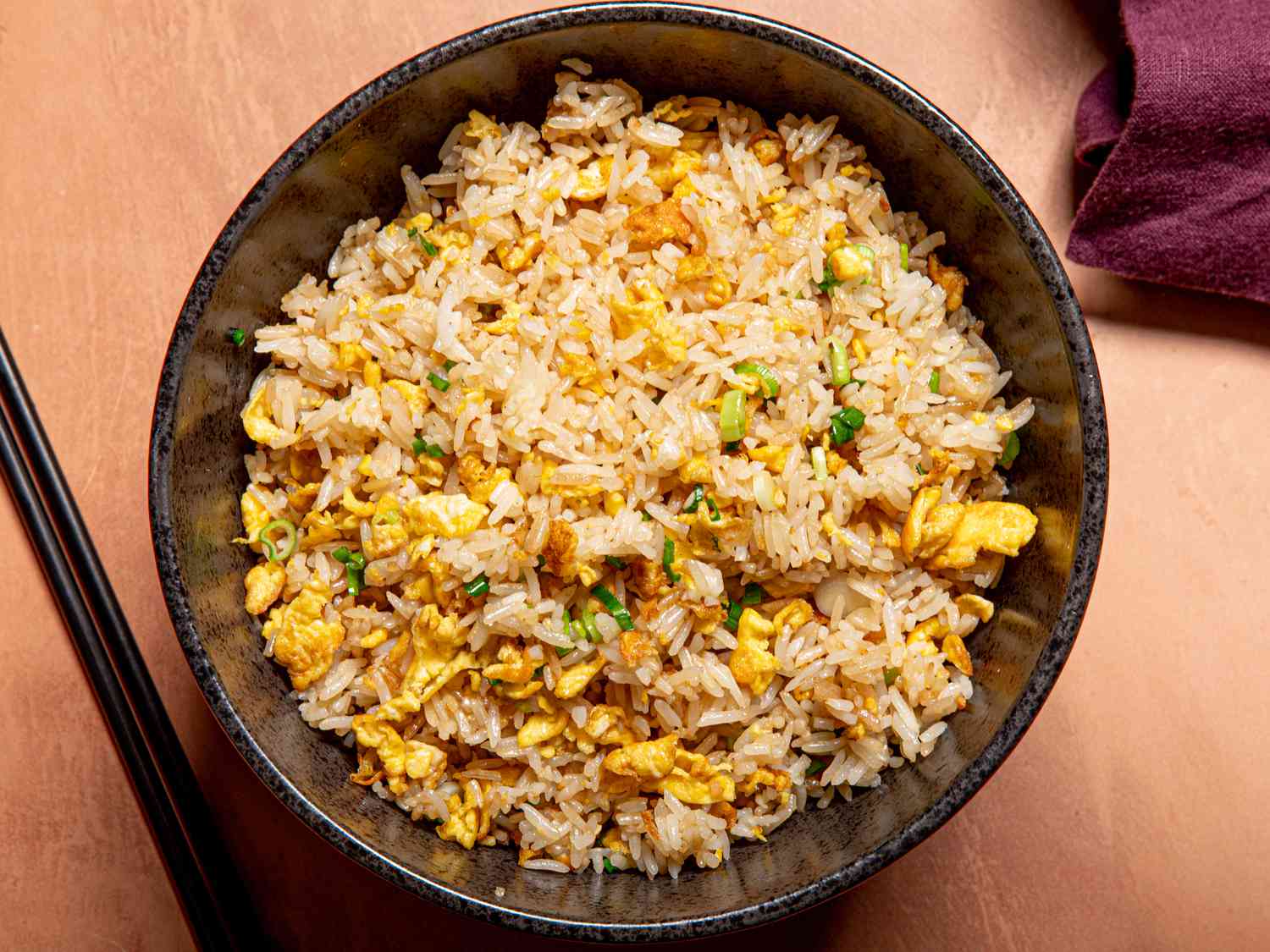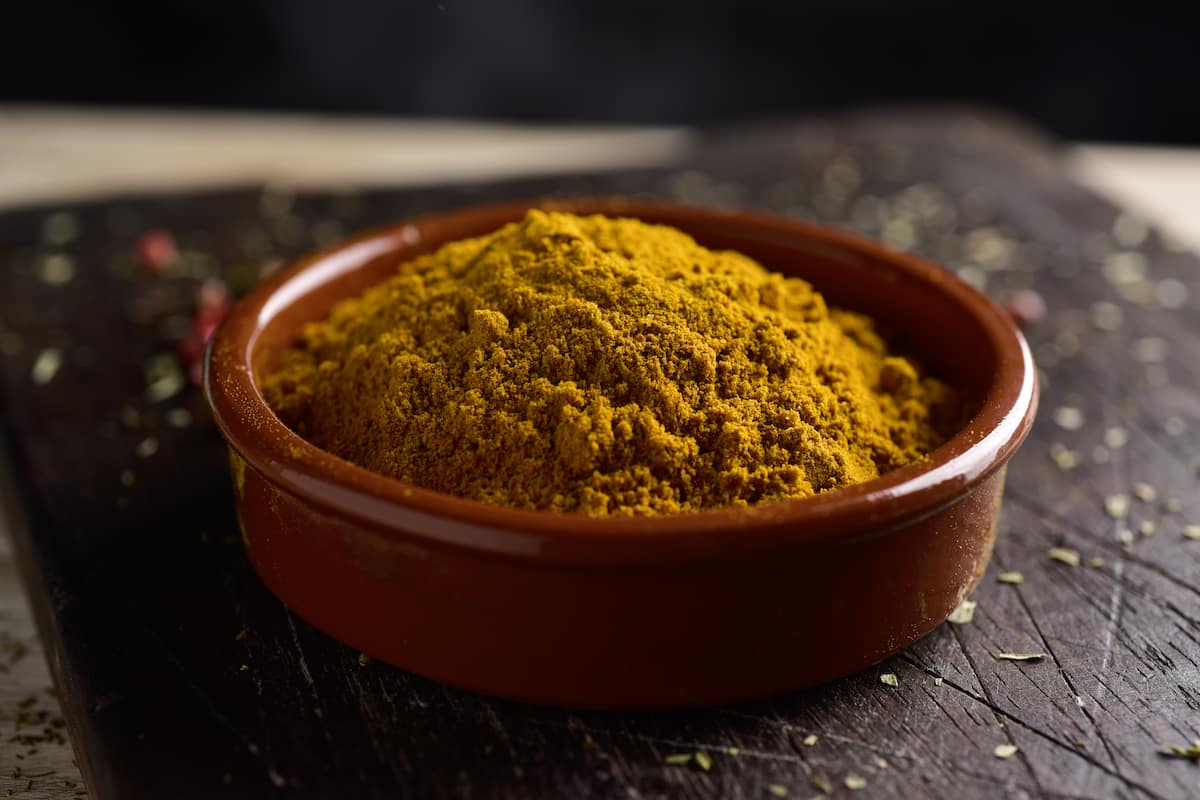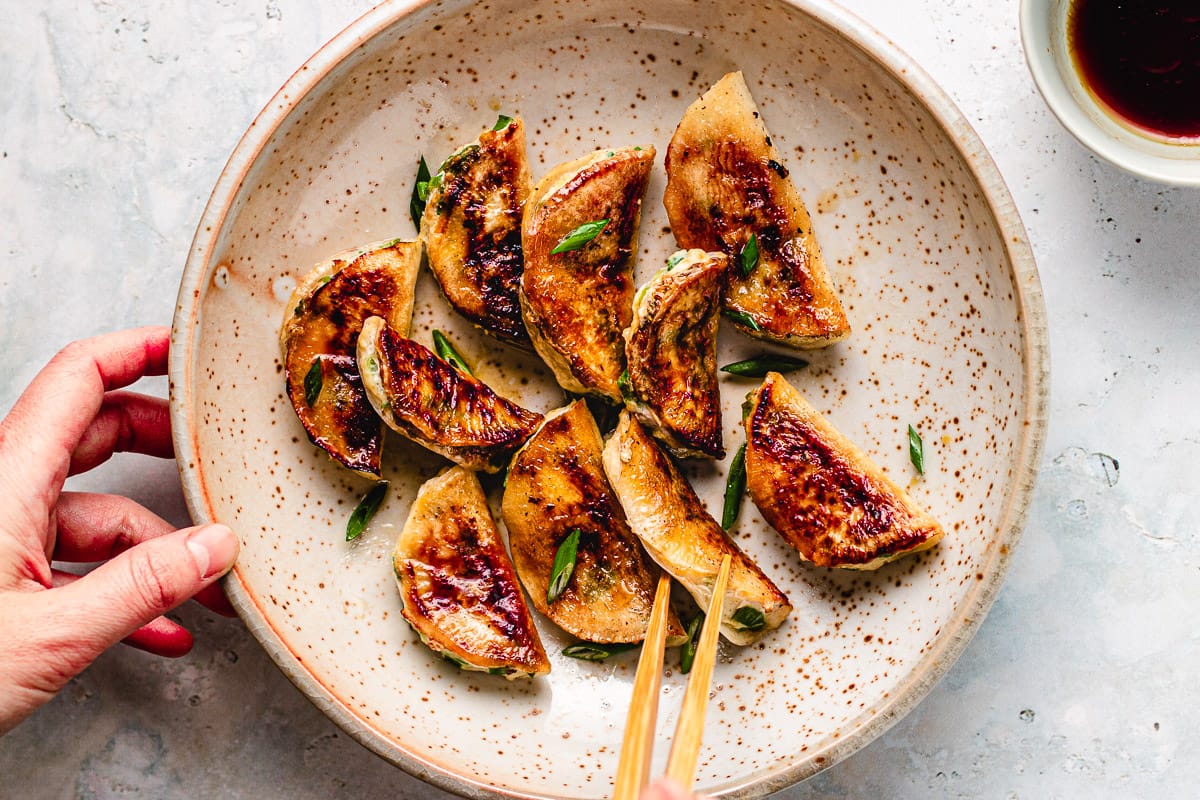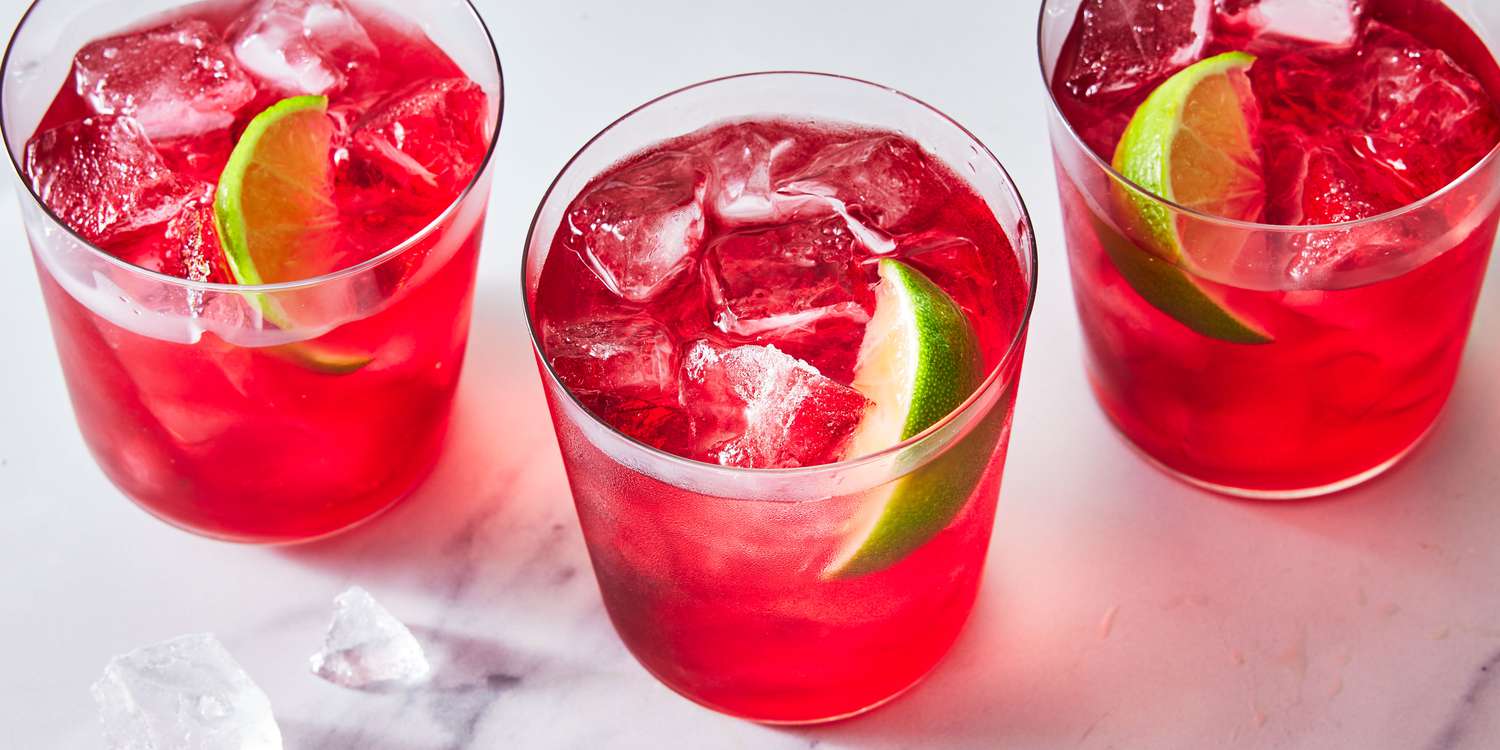Understanding Food Coloring: What You Need to Know
Food coloring is a common ingredient used to add vibrant colors to our favorite foods and beverages. From bright red strawberries to colorful candies, food coloring plays a significant role in making our meals visually appealing. But have you ever wondered what exactly is in food coloring?
Food coloring is made up of various ingredients that are carefully selected to achieve the desired color and stability. The most common types of food coloring include synthetic and natural options, each with its own set of components.
Synthetic Food Coloring
Synthetic food coloring is made from artificial ingredients that are created in a laboratory. These ingredients are carefully formulated to produce consistent and vibrant colors. Some of the key components found in synthetic food coloring include:
- FD&C Colors: These are synthetic dyes that are certified by the U.S. Food and Drug Administration (FDA) for use in food, drugs, and cosmetics. They are derived from petroleum or coal tar and are known for their bright and stable colors.
- Preservatives: Synthetic food coloring may also contain preservatives to prolong its shelf life and maintain its color intensity.
- Stabilizers: To ensure that the color remains consistent, stabilizers are often added to synthetic food coloring formulations.
Natural Food Coloring
Natural food coloring, on the other hand, is derived from plant, animal, or mineral sources. These ingredients are carefully processed to extract the pigments that are used to color foods. Some common components of natural food coloring include:
- Plant Extracts: Ingredients such as beet juice, turmeric, and spirulina are used to create natural food coloring. These extracts provide a wide range of colors, from vibrant reds to deep blues and greens.
- Anthocyanins: These natural pigments are found in fruits and vegetables and are used to create red, purple, and blue hues in food coloring.
- Annatto: Derived from the seeds of the achiote tree, annatto is used to produce yellow and orange colors in food.
Regulation and Safety
Both synthetic and natural food coloring ingredients are subject to strict regulations to ensure their safety for consumption. The FDA evaluates the safety of food coloring additives and sets limits on their usage in various food products. Additionally, food manufacturers are required to list the specific food coloring ingredients used on product labels, allowing consumers to make informed choices about the foods they consume.
While synthetic food coloring has faced some scrutiny due to potential health concerns, the FDA continues to monitor and assess the safety of these additives. As a result, many food manufacturers are exploring natural food coloring options to meet consumer demand for clean label products.
Conclusion
Food coloring is a fascinating and essential component of the food industry, adding visual appeal to a wide range of products. Whether synthetic or natural, the ingredients used in food coloring are carefully selected and regulated to ensure their safety and efficacy. As consumer preferences continue to evolve, the food industry is likely to see further innovation in the development of food coloring options that meet the demand for both vibrant colors and clean label ingredients.
Next time you enjoy a colorful treat, take a moment to appreciate the science and artistry behind the food coloring that makes it so visually enticing.
Was this page helpful?
Read Next: What Is Creamer Vs Milk
